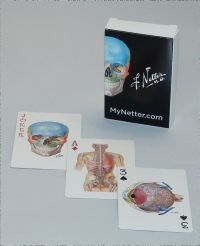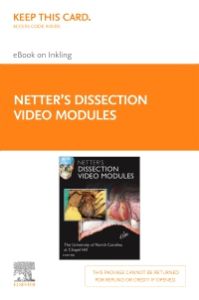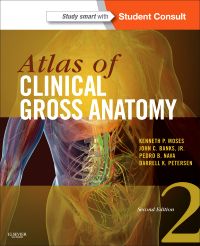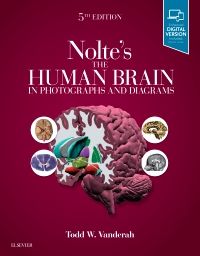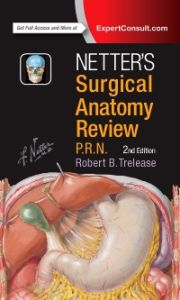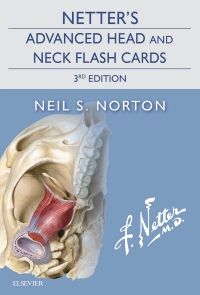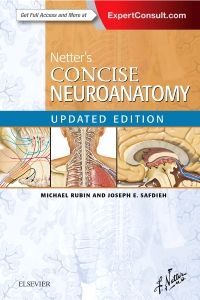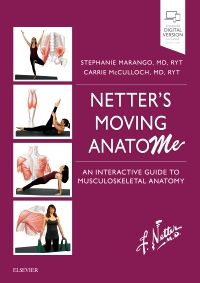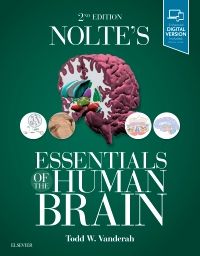Sonography, 5th Edition
Introduction to Normal Structure and FunctionWithout a deep understanding of what normal anatomy looks like in ultrasound images, you may have a tough time recognizing abnormalities. Thankfully Sonography Introduction to Normal Structure and Function, 5th Edition provides the firm grounding in normal anatomy and physiology that you need from an ultrasound perspective. This highly visual text uses a wealth of ultrasound images accompanied by labeled drawings with detailed legends to increase your comfort with normal anatomy as it appears during scanning. Its consistent chapter format also makes the content easy to navigate and reinforces standard protocols for scanning each area of the body.
Without a deep understanding of what normal anatomy looks like in ultrasound images, you may have a tough time recognizing abnormalities. Thankfully Sonography Introduction to Normal Structure and Function, 5th Edition provides the firm grounding in normal anatomy and physiology that you need from an ultrasound perspective. This highly visual text uses a wealth of ultrasound images accompanied by labeled drawings with detailed legends to increase your comfort with normal anatomy as it appears during scanning. Its consistent chapter format also makes the content easy to navigate and reinforces standard protocols for scanning each area of the body.
New to this edition
- NEW! Chapter on musculoskeletal sonography covers the latest use of ultrasound technology to visualize muscle, tendon, and ligament anatomy.
- NEW! Chapter devoted to pediatric sonography introduces students to the knowledge needed to work in this nascent specialty.
- NEW! Coverage of 5D technology familiarizes students with automated volume scanning.
- NEW! Updated content reflects the latest ARDMS standards and AIUM guidelines.
- NEW! More than 100 new and updated sonograms and line drawings give students a better picture of what they should see in scans.
Key Features
- Highly visual content leads with images and uses narrative to support those visuals.
- Consistent organization features a standardized heading scheme to aid students when searching for information.
- Quality control protocol information helps students recreate the most optimal scanning settings and techniques.
Author Information





